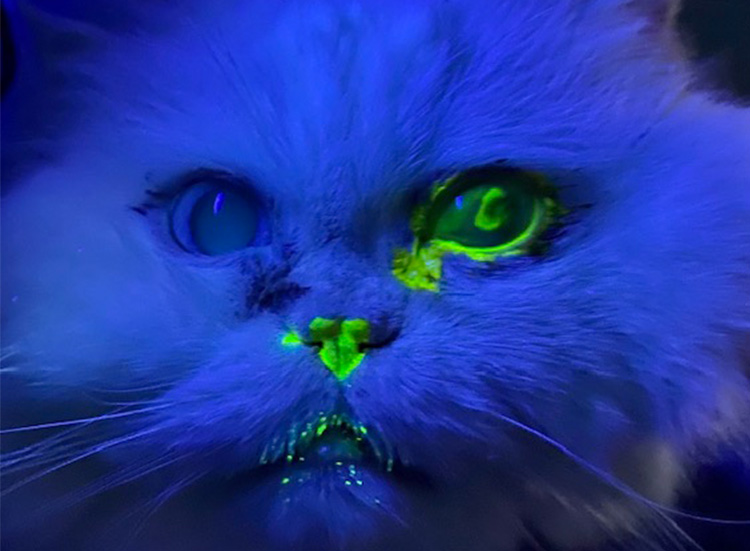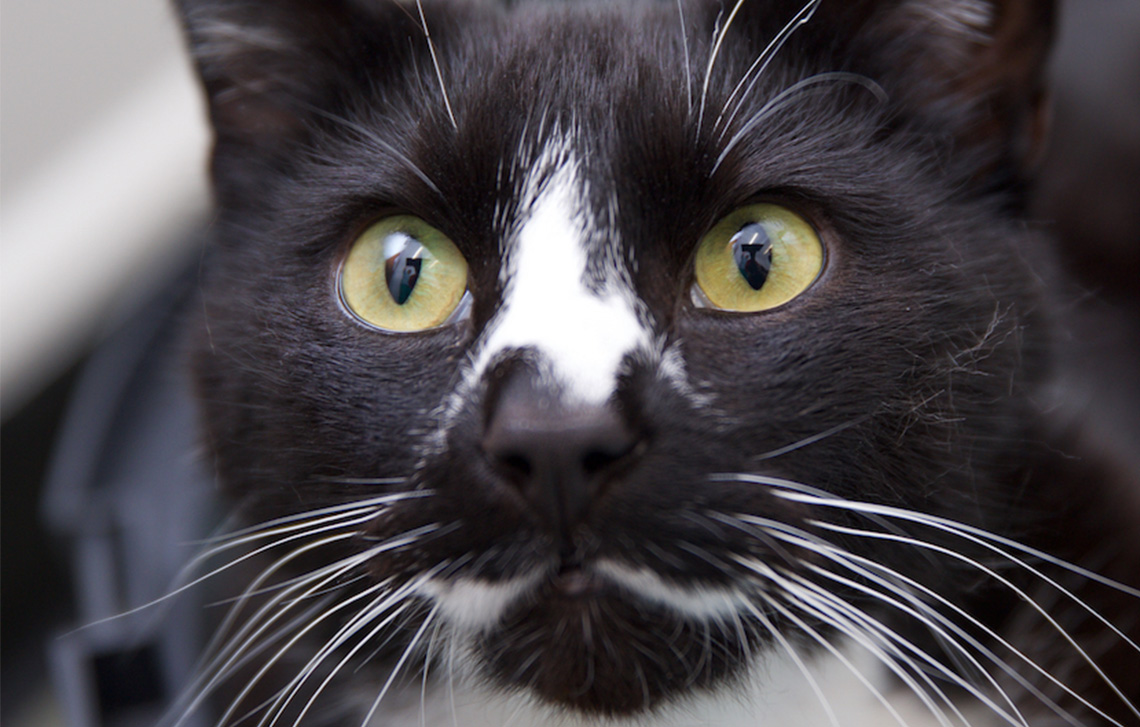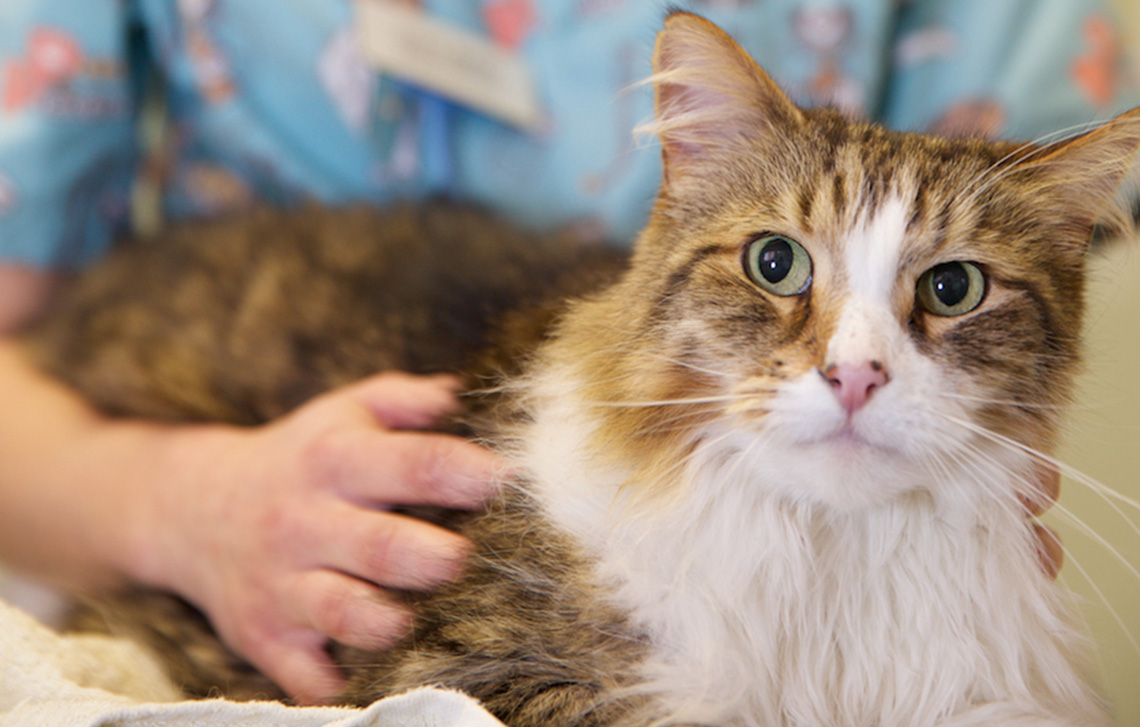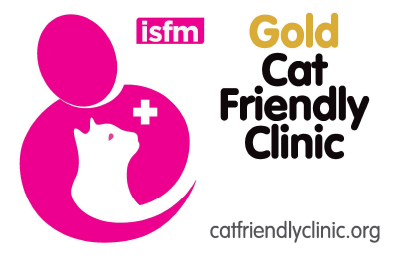
Veterinary ophthalmology is the branch of veterinary medicine which deals with the diagnosis and treatment of disorders of the eyes. Eye conditions are commonly seen in the clinic and the most commoner condition we see are corneal ulcers. As part of the initial examination, Flourescein dye is applied to the eye to help diagnose the… Read more »
Veterinary ophthalmology is the branch of veterinary medicine which deals with the diagnosis and treatment of disorders of the eyes. Eye conditions are commonly seen in the clinic and the most commoner condition we see are corneal ulcers.
As part of the initial examination, Flourescein dye is applied to the eye to help diagnose the cause of the eye problem. This is a test that uses orange dye (fluorescein) to detect damage to the cornea, the outer surface of the eye, it is not a painful test although most cats do object to having eye drops applied!
Any problems on the surface of the cornea will be stained by the dye and when exposed to the light of a UV lamp the fluorescein glows in a green colour, as illustrated very well in this photo. The staining pattern here identifies an irregular shaped ulcer in the central part of the cornea.
Fluorescein dye is also used to test if a cat’s tear ducts are blocked. Here the tear ducts are functioning normally as the fluorescein dye has drained from the eye, through the tear ducts and appeared at the nostrils
Trauma is the most common cause of a corneal ulcer in cats, usually from a claw of another cat during a fight, or from anything sharp that can scratch the eye. Persian cats and cats with flat faces do have a tendency to bump into things when sniffing them, and are therefore more prone to traumatic corneal ulcers.
It is important to investigate affected cats for eye conditions which can cause corneal ulcers, such as entropion (rolling in of the eyelids), distichiasis (abnormal eyelash growth) and keratoconjunctivitis sicca (dry eye).
Another relatively common cause of ulceration in cats is herpesvirus infection, regular vaccinations greatly reduce the chance of your cat contracting this disease.
Corneal ulcers are painful conditions and can result in loss of vision if left untreated. Any cat displaying signs of an eye condition should be examined by a vet as soon as possible in order to start treatment which usually involves eye drops, pain killers and antibiotics. The more severe ulcers require surgical treatment which is performed by a specialist veterinary ophthalmologist at a referral centre.







